Kenya is renowned for its breathtaking landscapes, rich culture, and, most notably, its incredible wildlife. Among the various species that call Kenya home, the Big 5 safari animals hold a special place in the hearts of wildlife enthusiasts. This blog post will delve into everything you need to know about the Big 5 safari animals Kenya, from where to find them to their behaviors and conservation status.
Introduction to the Big 5 Safari Animals
The term “Big 5” originally referred to the five most challenging animals to hunt on foot in Africa. Today, these animals are the cornerstone of Kenya’s thriving safari tourism industry. The Big 5 includes the African elephant, lion, leopard, Cape buffalo, and rhinoceros. Each of these magnificent creatures plays a crucial role in their ecosystems and offers unique and thrilling experiences for safari-goers.
The African Elephant: Majestic Giants
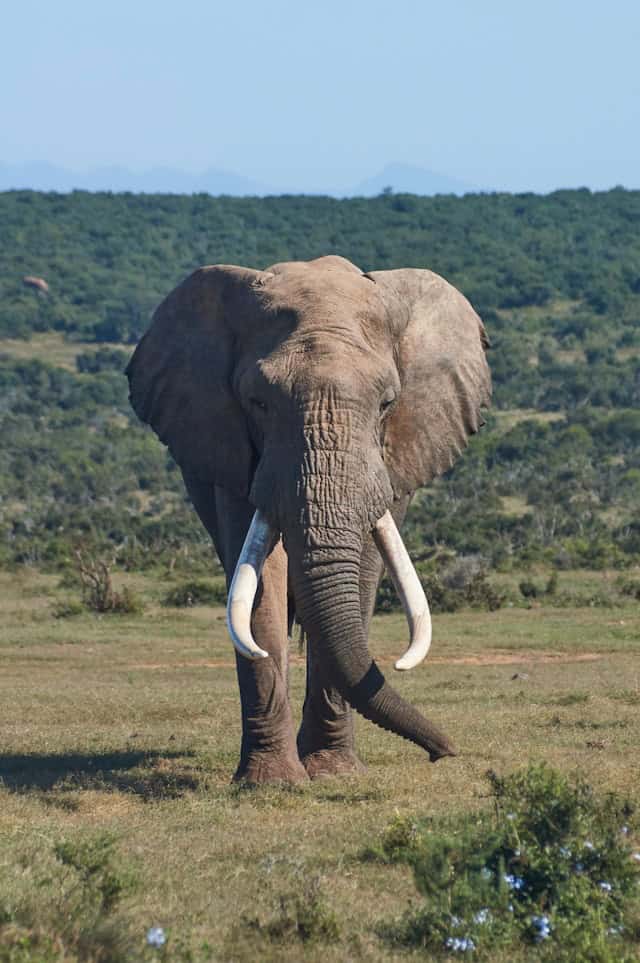
The African elephant is the largest land animal on Earth, known for its impressive size, intelligence, and complex social structures. In Kenya, elephants can be spotted in various national parks, including Amboseli National Park, which is famous for its large herds and stunning views of Mount Kilimanjaro. Elephants are keystone species, meaning they have a significant impact on their environment. They help maintain the savannah and forest ecosystems by creating clearings, which promote new plant growth.
Unfortunately, African elephants face numerous threats, primarily from poaching for their ivory tusks and habitat loss. Conservation efforts in Kenya, such as anti-poaching initiatives and habitat restoration projects, are crucial for their survival. Visitors can support these efforts by choosing responsible tour operators and contributing to conservation programs.
The Lion: King of the Jungle
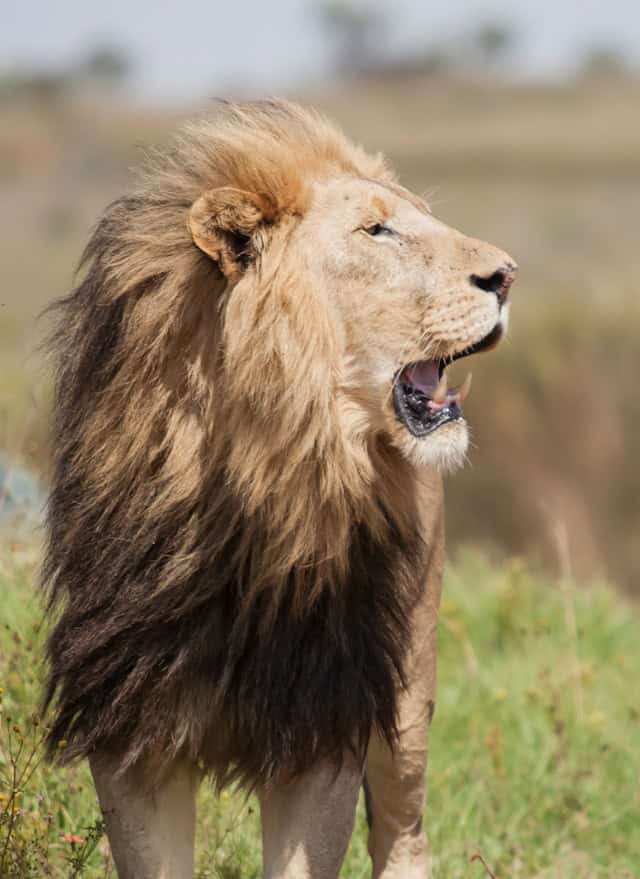
The lion, often referred to as the “King of the Jungle,” is a symbol of strength and bravery. In Kenya, the best places to see lions are the Maasai Mara National Reserve and Tsavo National Park. These majestic predators live in prides, which are social groups consisting of related females, their offspring, and a few adult males.
Lions are apex predators, playing a vital role in maintaining the balance of their ecosystems by controlling herbivore populations. However, they are increasingly threatened by human-wildlife conflict, habitat encroachment, and prey depletion. Conservation efforts focus on mitigating these conflicts through community engagement and education, as well as creating wildlife corridors to ensure lions have sufficient space to roam.
The Leopard: Stealthy and Elusive
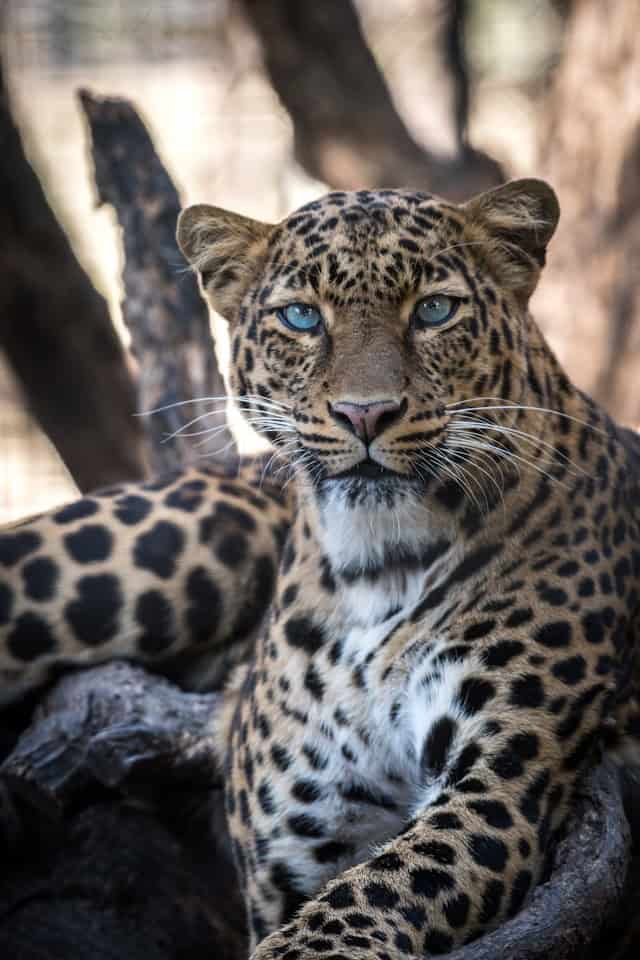
Leopards are the most elusive of the Big 5, known for their incredible stealth and adaptability. They can be found in several Kenyan parks, including the Maasai Mara and Samburu National Reserve. Leopards are solitary animals, primarily nocturnal, and are excellent climbers, often seen resting in trees during the day.
Their beautiful rosette-patterned fur makes them highly sought after by poachers, and habitat fragmentation poses a significant threat to their populations. Conservationists in Kenya work tirelessly to protect leopards by implementing anti-poaching measures and promoting habitat conservation. Tourists can aid these efforts by supporting eco-friendly lodges and participating in conservation-focused activities.
The Cape Buffalo: The Powerful Herd
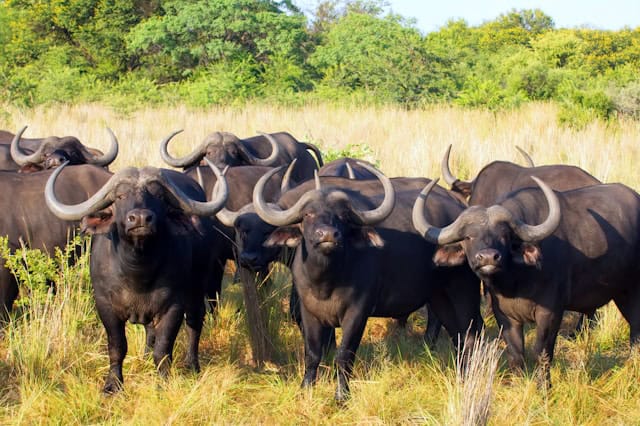
The Cape buffalo, also known as the African buffalo, is one of the most dangerous animals in Africa due to its unpredictable nature and strength. These formidable animals can be seen in large herds in many of Kenya’s national parks, such as the Maasai Mara and Amboseli.
Buffaloes play a critical role in their ecosystems by grazing on grasses, which helps to maintain the balance of plant species in their habitats. Despite their resilience, they are not without threats. Diseases such as bovine tuberculosis and habitat loss are significant concerns. Conservation efforts include monitoring buffalo populations and managing diseases to ensure healthy herds.
The Rhinoceros: Endangered Giants

Kenya is home to both black and white rhinoceroses, two species that are critically endangered due to poaching for their horns and habitat loss. The Ol Pejeta Conservancy and the Nairobi National Park are among the best places to see these magnificent animals.
Rhinos are essential for their ecosystems as they help shape the landscape by feeding on vegetation, which promotes plant diversity. The black rhino, known for its hooked upper lip, is a browser that feeds on shrubs, while the white rhino, with its square lip, is a grazer that prefers grasses.
Conservation efforts in Kenya are focused on anti-poaching patrols, rhino sanctuaries, and community involvement to protect these incredible animals. Tourists can support these efforts by visiting conservancies and parks that prioritize rhino conservation.
Where to See the Big 5 Safari Animals in Kenya
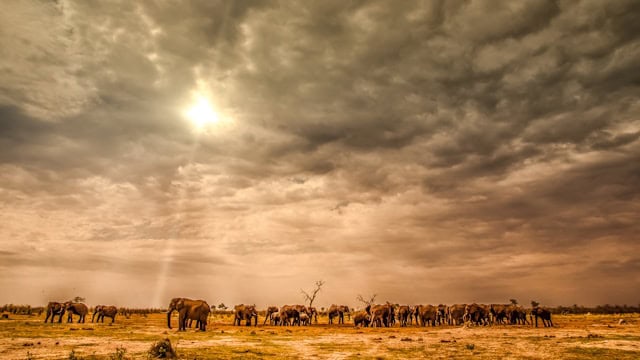
Kenya offers numerous national parks and reserves where visitors can witness the Big 5 in their natural habitats. The Maasai Mara National Reserve is one of the most popular destinations, renowned for its annual wildebeest migration and abundant wildlife. Other notable parks include Amboseli National Park, Tsavo National Park, Samburu National Reserve, and the Ol Pejeta Conservancy. Each of these locations provides unique opportunities to observe the Big 5 and other incredible wildlife species.
Tips for a Successful Big 5 Safari in Kenya
To maximize your chances of spotting the Big 5 in Kenya, consider the following tips:
- Choose the right time to visit: The dry seasons (June to October and January to February) are ideal for wildlife viewing.
- Hire experienced guides: Knowledgeable guides can enhance your safari experience by sharing insights and increasing your chances of sightings.
- Be patient and respectful: Wildlife encounters require patience and respect for the animals and their habitats.
- Support conservation efforts: Choose eco-friendly lodges and tour operators that prioritize wildlife conservation.
Kenya’s Big 5 safari animals offer unforgettable experiences for wildlife enthusiasts. From the majestic elephants and powerful lions to the elusive leopards, formidable buffaloes, and endangered rhinos, each species contributes to the rich tapestry of Kenya’s natural heritage.
By visiting Kenya’s national parks and supporting conservation efforts, tourists can help ensure the survival of these magnificent creatures for future generations. Whether you’re a seasoned safari-goer or planning your first adventure, Kenya’s Big 5 will undoubtedly leave you in awe of nature’s wonders.
